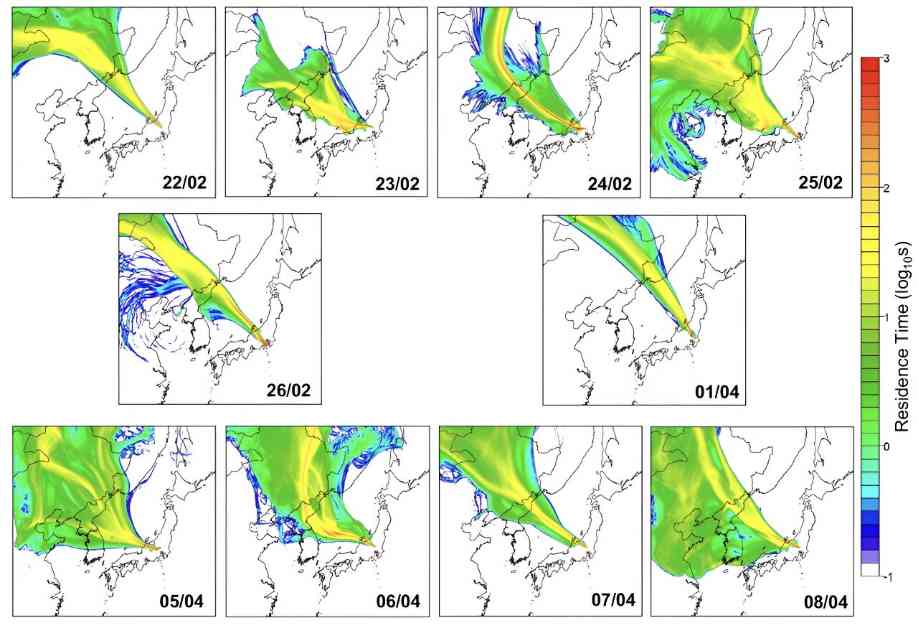A team of experts in climate, health, and atmosphere from Spain and Japan made a fascinating discovery of live fungi, bacteria, and viruses high up in the Earth’s atmosphere. Their research, published in the Proceedings of the National Academy of Sciences, involved collecting air samples at altitudes ranging from 1,000 to 3,000 meters.
Previous studies have shown that dust particles can travel long distances in the atmosphere, with dust from Africa reaching both North and South America. It has also been established that microbes can attach to these dust particles and be transported over vast distances.
In this new study, the researchers wanted to explore how high in the atmosphere these microbes could be found and whether they could survive the journey. To investigate, they took to the skies in a small plane over Japan, collecting air samples at altitudes of 1,000 to 3,000 meters near the planetary boundary. They also collected weather data related to the air column in the areas they flew over.
Back in the lab, the researchers analyzed the DNA of the microbes found in the samples to identify their types. They discovered a variety of fungi, bacteria, and viruses, some of which were potentially harmful to human health. Surprisingly, many of these microbes were still alive, as the researchers were able to culture them in lab dishes. In total, they identified 266 types of fungi and 305 types of bacteria.
The team observed that a significant number of these microbes are commonly found in soil or plants. They suspect that due to the origin of the microbes, the altitude at which they were found, and the speed of the winds carrying them, most of them likely originated from China and traveled a distance of at least 2,000 kilometers.
This study highlights the potential of bio-pathogens to travel long distances at high altitudes, raising concerns about the spread of diseases through the atmosphere.
The researchers’ findings shed light on the microbial richness and air chemistry in aerosols above the planetary boundary layer. Their work underscores the importance of understanding the long-distance transport of potential human pathogens in the Earth’s atmosphere. This research opens up new avenues for studying the dynamics of microbial life at high altitudes and the implications for human health and disease transmission.
In conclusion, the study reveals a fascinating insight into the presence of live fungi, bacteria, and viruses in the Earth’s atmosphere, highlighting the complex interactions between microbial life and the atmosphere. This research contributes to our understanding of the global movement of microbes and the potential risks they pose to human health, emphasizing the need for further investigation into this important field of study.
